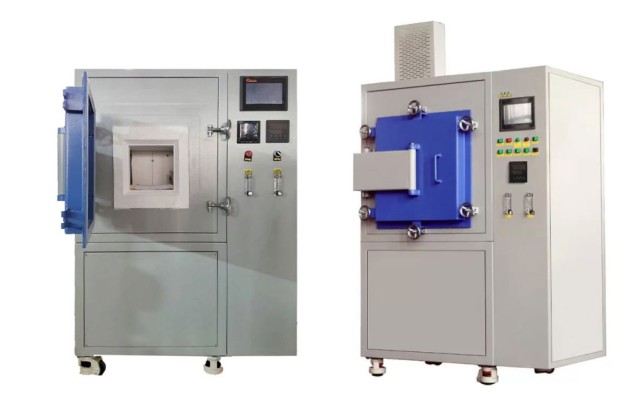Functions of Furnace Atmosphere
Protective Role (Chemical Inerting)
The protective role of furnace atmospheres, particularly through chemical inerting, is crucial in preventing surface reactions that could compromise the integrity of the material. By creating a neutral environment, these atmospheres ensure that neither decarburization nor carburization occurs, thereby preserving the desired mechanical properties of the material.
For instance, consider the case of AISI 52100 high carbon steel bearing rings. When these rings are subjected to heat treatment at temperatures as high as 845°C, the presence of a neutral atmosphere is essential. This neutral atmosphere acts as a shield, preventing the steel from losing or gaining carbon, which would otherwise alter its microstructure and degrade its performance.
| Material | Temperature | Atmosphere | Effect |
|---|---|---|---|
| AISI 52100 Steel | 845°C | Neutral | Prevents decarburization and carburization, maintaining carbon content. |
The prevention of decarburization is particularly important in high carbon steels, where the loss of carbon can lead to a reduction in hardness and wear resistance. Similarly, carburization, if uncontrolled, can result in an uneven distribution of carbon, leading to internal stresses and potential failure under load.
In summary, the protective role of furnace atmospheres through chemical inerting is indispensable in maintaining the structural and mechanical integrity of materials during heat treatment processes.
Reactive Role (Chemical Activation)
The reactive role of the furnace atmosphere in heat treatment processes is pivotal for introducing specific elements into the material's surface, thereby altering its chemical composition and properties. This process, often referred to as chemical activation, is particularly crucial for enhancing the surface characteristics of certain steels, such as AISI 12L14 mild steel, which is commonly used in applications requiring high wear resistance and mechanical strength.
During gaseous carbonitriding, a process conducted at elevated temperatures, typically around 845°C, the furnace atmosphere actively interacts with the steel's surface. This interaction results in the introduction of both carbon and nitrogen atoms into the material's outer layer. The carbon and nitrogen atoms diffuse into the steel, forming a hardened case on the surface, which significantly improves its resistance to wear and fatigue.
The effectiveness of this process is highly dependent on the precise control of the atmosphere's composition. For instance, the presence of nitrogen (N2) and atomic nitrogen (N) in the atmosphere is essential for achieving the desired nitriding effect. Similarly, hydrocarbons, such as methane (CH4) or propane (C3H8), serve as carbon sources, ensuring that the steel surface receives an adequate amount of carbon.
Moreover, the use of hydrogen (H2) in the atmosphere can enhance the diffusion of carbon and nitrogen, although it must be carefully managed to avoid hydrogen embrittlement, which can compromise the material's mechanical integrity. The interplay between these gases and the steel's surface during carbonitriding is a delicate balance, requiring meticulous control to achieve the optimal surface properties without compromising the material's overall structural integrity.
Types of Reaction Gases
Nitrogen (N2 and Atomic N)
Nitrogen, in its molecular form (N₂), exhibits a largely inert behavior towards iron, meaning it does not readily react with the metal under normal conditions. However, this inertness can be problematic when dealing with high carbon steels. If the nitrogen is not completely dry, it can lead to decarburization, a process where carbon is removed from the steel surface, thereby weakening its structure and mechanical properties.
In contrast, atomic nitrogen, which is created at high temperatures, behaves quite differently. At elevated temperatures, atomic nitrogen actively reacts with iron and other elements present in the steel. This reaction can introduce nitrogen into the steel matrix, leading to the formation of nitrides. These nitrides can significantly enhance the steel's surface hardness and wear resistance, making atomic nitrogen a valuable component in certain heat treatment processes, such as nitriding.
| Nitrogen Form | Behavior with Iron | Impact on Steel |
|---|---|---|
| N₂ (Molecular) | Inert, but can decarburize if not dry | Decarburization in high carbon steels |
| N (Atomic) | Reactive at high temperatures | Formation of nitrides, enhancing surface hardness |
The dual nature of nitrogen—both as an inert gas and as a reactive element—underscores its critical role in heat treatment processes. Understanding these behaviors allows for precise control over the furnace atmosphere, ensuring that the desired surface properties are achieved without compromising the integrity of the steel.
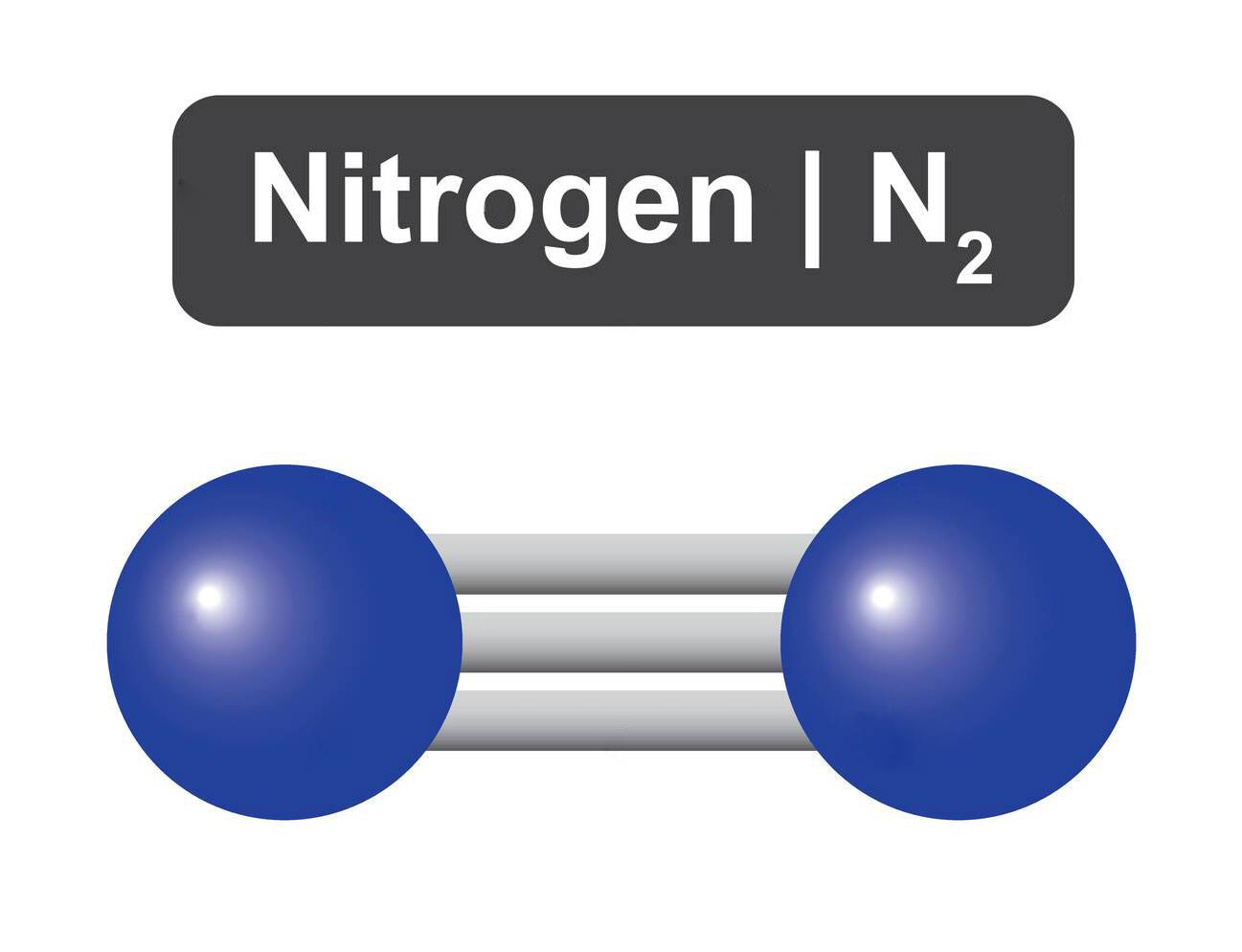
Hydrogen (H2)
Hydrogen gas (H2) plays a dual role in heat treatment processes, serving primarily as a reducing agent to prevent oxidation. By acting as a reducing gas, H2 effectively shields materials from the adverse effects of oxygen, thereby preserving their structural integrity and surface finish. This protective function is particularly critical in applications where maintaining a pristine surface is essential, such as in the production of high-precision components.
However, the use of hydrogen is not without its challenges. One significant drawback is its tendency to decarburize steel, a process that removes carbon from the surface of the steel, thereby weakening its mechanical properties. This decarburization effect can be detrimental, especially in high-carbon steels where the carbon content is crucial for achieving the desired hardness and strength.
Moreover, hydrogen is known to cause hydrogen embrittlement in certain metals. This phenomenon occurs when atomic hydrogen diffuses into the metal lattice, leading to a loss of ductility and an increased susceptibility to fracture. Hydrogen embrittlement is a serious concern in metals subjected to high stress environments, such as those used in aerospace and automotive industries.
To mitigate these risks, careful control and monitoring of hydrogen levels in the furnace atmosphere are necessary. This includes balancing the H2 concentration with other gases to minimize decarburization and embrittlement while still achieving the desired protective effects. Advanced monitoring systems and process controls are often employed to ensure that the benefits of using hydrogen as a reducing gas outweigh its potential drawbacks.
Oxygen (O2)
Oxygen (O2) plays a significant yet detrimental role in the heat treatment of steel. When present in the furnace atmosphere, O2 reacts with iron to form iron oxides, commonly known as rust. This reaction not only leads to the formation of oxides but also results in the decarburization of steel, a process where carbon is removed from the surface layer of the steel. Decarburization can weaken the steel, reducing its hardness and durability, which is particularly problematic for applications requiring high strength and wear resistance.
For maintaining bright and pristine steel surfaces, the avoidance of O2 is crucial. The presence of oxygen can lead to unsightly surface defects and reduce the overall quality of the steel. Therefore, controlling the furnace atmosphere to minimize or eliminate O2 is essential for achieving the desired surface finish and mechanical properties in heat-treated steel components.
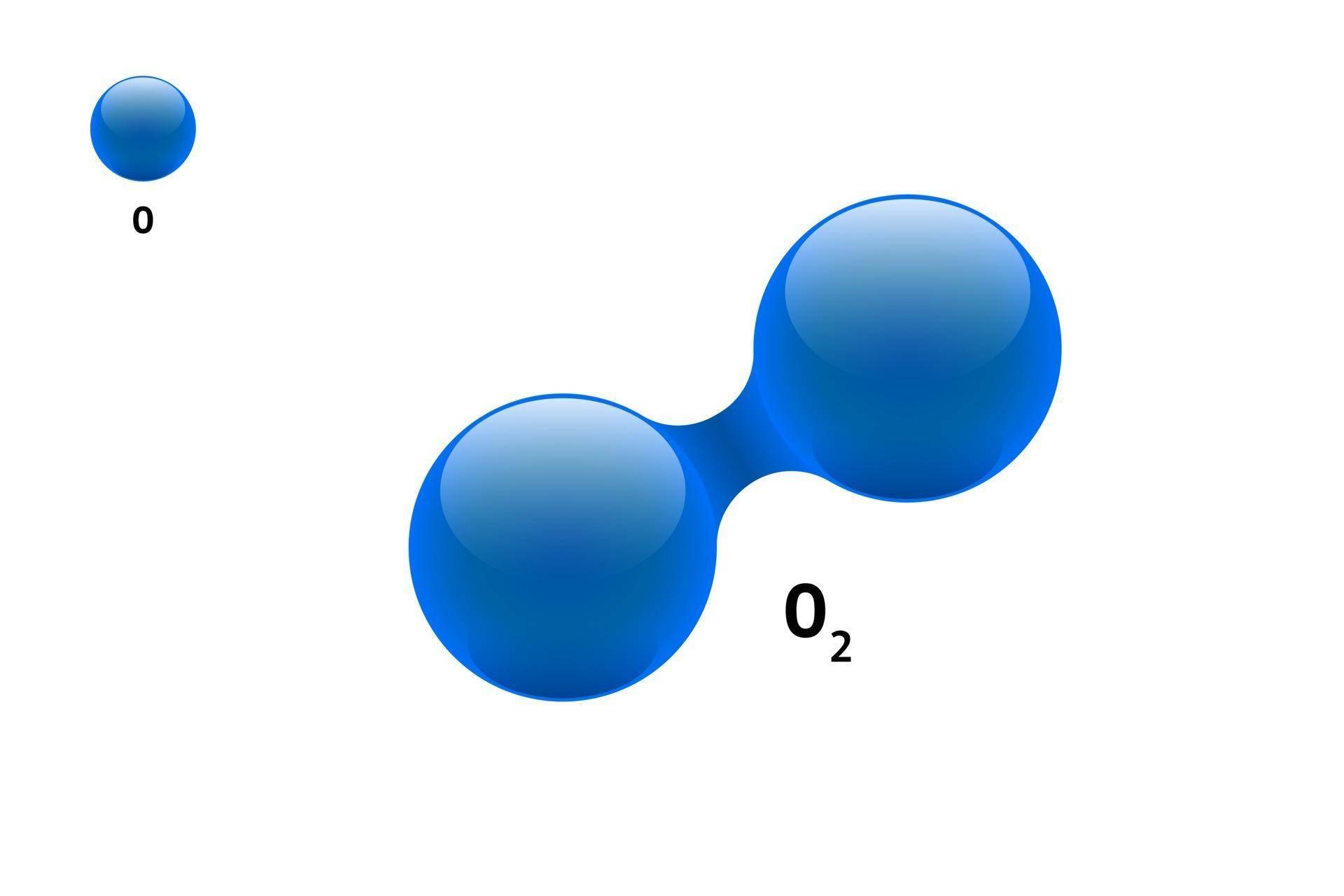
Water Vapor (H2O)
Water vapor (H2O) plays a significant role in heat treatment processes, particularly in its interaction with steel. One of its primary effects is its highly decarbonizing nature, which necessitates strict control to prevent undesirable outcomes. When present in furnace atmospheres, water vapor can alter the balance of the H2O/H2 ratio, which is crucial in water gas reactions.
In the context of steel treatment, water vapor can lead to the formation of iron oxide (rust) and decarburization, both of which are detrimental to the desired properties of the steel. Decarburization, in particular, reduces the carbon content of the steel surface, leading to a softer and less wear-resistant material. This is particularly problematic in applications where high hardness and durability are critical, such as in bearing rings or retaining rings.
To mitigate these effects, heat treatment processes often involve controlling the concentration of water vapor in the furnace atmosphere. This can be achieved through the use of dry gases or by carefully managing the humidity levels within the furnace. By maintaining an optimal H2O/H2 ratio, it is possible to prevent excessive decarburization and ensure that the steel retains its desired mechanical properties.
In summary, while water vapor is a key component in many heat treatment atmospheres, its presence must be carefully managed to avoid negative impacts on the steel's surface and internal structure.
Carbon Dioxide (CO2)
Carbon Dioxide (CO2) plays a significant yet often problematic role in heat treatment processes. When introduced into the furnace atmosphere, CO2 can oxidize and decarburize steel, leading to undesirable surface reactions. The oxidation process involves the formation of iron oxides, which can mar the otherwise bright and smooth surface of the steel. Simultaneously, decarburization results in the loss of carbon from the steel surface, compromising its mechanical properties, particularly hardness and strength.
To mitigate these effects, strict control of CO2 content is imperative. This control is achieved through careful monitoring and adjustment of the furnace atmosphere. For instance, maintaining a low concentration of CO2 and ensuring a balanced presence of other gases, such as carbon monoxide (CO), can help stabilize the atmosphere. CO acts as a reducing agent, counteracting the oxidative effects of CO2 and promoting a more neutral environment.
Moreover, the interaction between CO2 and steel is temperature-dependent. At higher temperatures, the rate of oxidation and decarburization increases, necessitating even tighter control. This is particularly critical in applications where precise surface properties are essential, such as in the production of high-carbon steel bearing rings or components requiring specific hardness profiles.
In summary, while CO2 is a key player in the furnace atmosphere, its presence must be meticulously managed to prevent adverse effects on steel. Through precise control and balance with other gases, it is possible to harness the benefits of CO2 while minimizing its detrimental impacts.
Carbon Monoxide (CO)
Carbon Monoxide (CO) is a gas that plays a crucial role in heat treatment processes, particularly in the context of furnace atmospheres. As a strongly reducing gas, CO is instrumental in preventing oxidation and maintaining the integrity of the treated materials. Its behavior is notably dynamic, exhibiting different characteristics at varying temperatures.
At higher temperatures, CO becomes increasingly stable, effectively shielding the material from oxidative environments. This stability is essential for maintaining the surface quality and chemical composition of the treated parts. However, the story changes at lower temperatures. Here, CO undergoes a phenomenon known as carbon reversal, where it can contribute to the formation of carbon deposits on the material's surface. This process is critical in determining the final properties of the treated material, such as hardness and wear resistance.
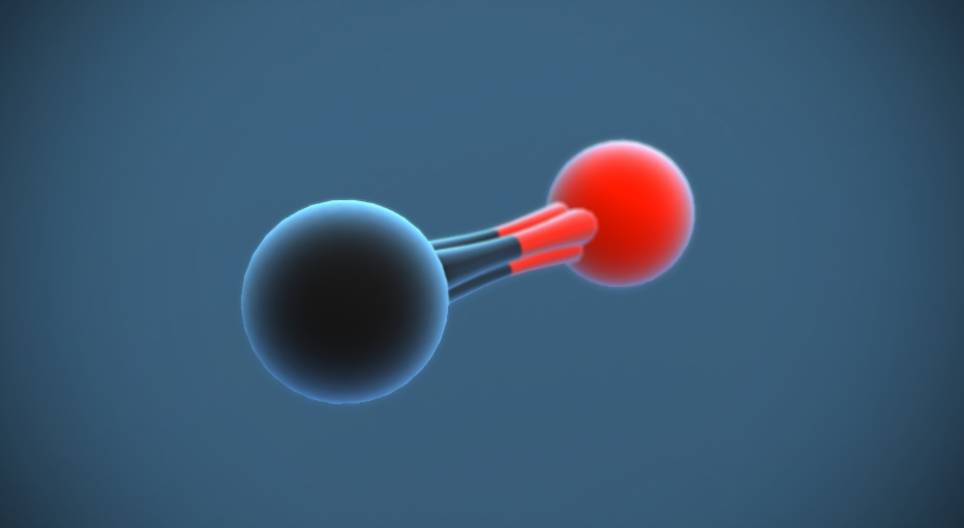
The interplay between CO's reducing nature and its temperature-dependent behavior underscores its importance in heat treatment. By carefully controlling the temperature and the concentration of CO in the furnace atmosphere, manufacturers can tailor the properties of the treated materials to meet specific requirements. This nuanced understanding of CO's role allows for precision in processes like carburizing and hardening, ensuring that the final product meets the desired specifications.
Hydrocarbons
Hydrocarbons play a pivotal role in the heat treatment process, particularly as a carbon source. When introduced into the furnace atmosphere, they can significantly influence the carburizing and quenching processes. Under specific conditions, hydrocarbons can decompose to produce carbon black, a fine black powder that consists of elemental carbon. This decomposition process is highly temperature-dependent, with higher temperatures favoring the formation of carbon black.
The presence of carbon black can have profound effects on the surface properties of the materials being treated. For instance, during the carburizing process, the carbon black can adhere to the surface of the steel, enriching it with carbon atoms. This enrichment is crucial for enhancing the hardness and wear resistance of the steel. However, if the formation of carbon black is not controlled, it can lead to uneven carbon distribution, which may compromise the mechanical properties of the final product.
Moreover, hydrocarbons can also affect the quenching process. The carbon black, if not properly managed, can act as an insulator, slowing down the cooling rate during quenching. This can result in suboptimal hardness and may lead to the formation of undesirable microstructures such as bainite or martensite. Therefore, precise control of hydrocarbon concentrations and furnace conditions is essential to ensure the desired outcomes in both carburizing and quenching operations.
Ammonia (NH3)
Ammonia (NH3) is a crucial gas used in heat treatment processes, particularly for introducing atomic nitrogen into the furnace atmosphere. When heated, ammonia dissociates into hydrogen (H2) and atomic nitrogen (N). The atomic nitrogen then reacts with the surface of the metal, forming a nitride layer that can enhance the material's hardness and wear resistance. This process is particularly beneficial for steels, where the introduction of nitrogen can significantly improve mechanical properties.
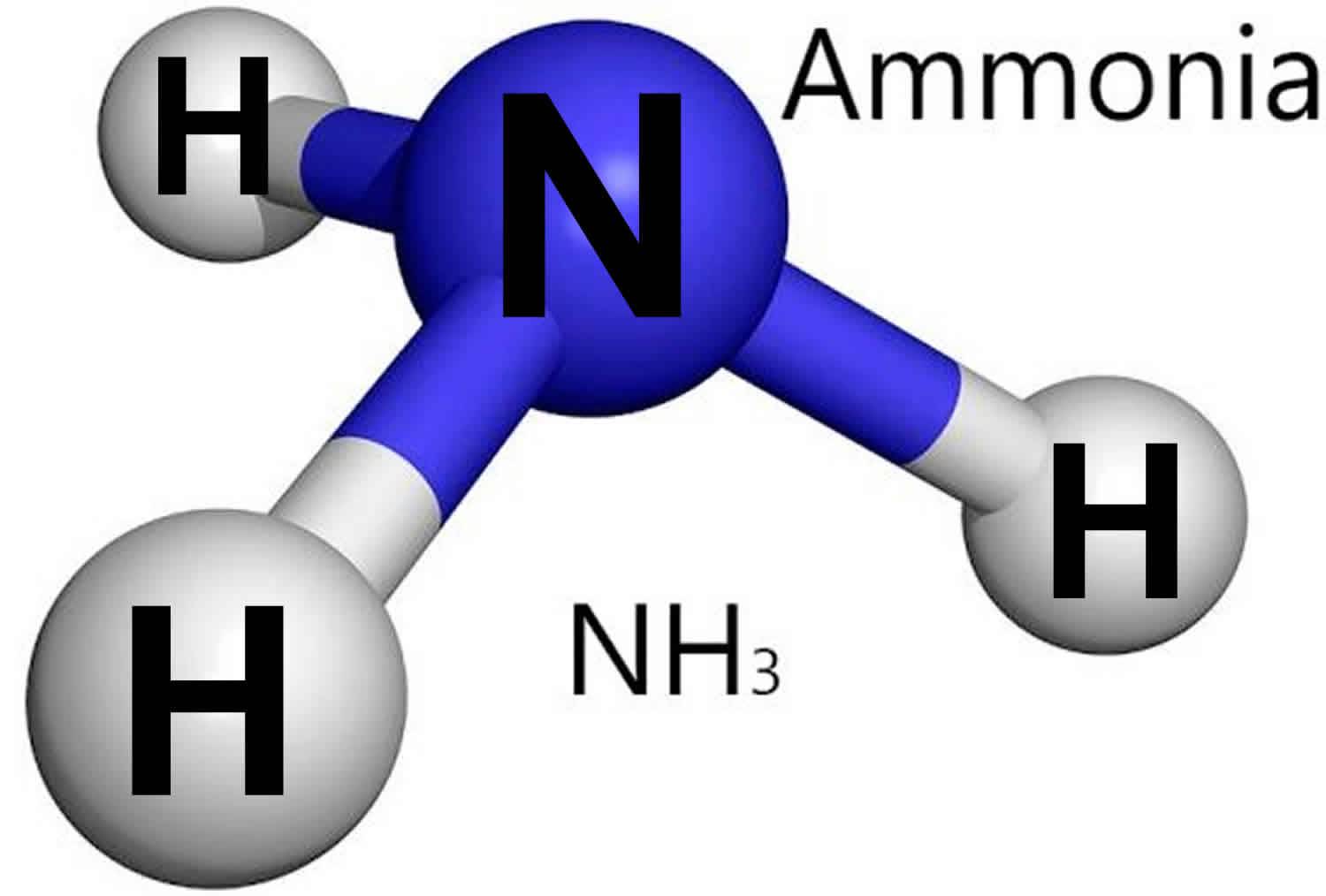
However, it's important to note that while atomic nitrogen is highly reactive, the molecular nitrogen (N2) that it forms with other nitrogen atoms is inert to iron. This inertness means that once the nitrogen atoms combine to form N2, they no longer interact with the iron surface, preventing any further nitriding effects. This dual behavior—reactive as atomic nitrogen and inert as molecular nitrogen—makes ammonia a versatile gas in heat treatment, allowing precise control over the nitriding process and the resulting material properties.
In summary, ammonia's ability to introduce reactive atomic nitrogen without causing adverse effects from its inert molecular form makes it an invaluable component in the heat treatment of metals, particularly for applications requiring enhanced surface hardness and wear resistance.
Steam
Steam plays a pivotal role in the heat treatment process, particularly in the formation of protective oxide layers and the development of blue steel. This reactive gas significantly influences the creation of iron oxides, a process that is highly dependent on both temperature and the ratio of water vapor to hydrogen (H₂O/H₂).
At elevated temperatures, steam reacts with the surface of the steel, initiating the formation of iron oxides. The nature and thickness of these oxides can vary based on the specific temperature and the H₂O/H₂ ratio within the furnace atmosphere. For instance, at higher temperatures and with a higher H₂O/H₂ ratio, the formation of thicker, more protective oxide layers is facilitated. These layers not only shield the steel from further oxidation but also contribute to the characteristic blue coloration of the steel, a visual indicator of the successful heat treatment process.
Conversely, at lower temperatures or with a lower H₂O/H₂ ratio, the formation of iron oxides is less pronounced, potentially leading to less effective protection and a different visual appearance. This sensitivity to temperature and gas composition underscores the critical need for precise control of the furnace atmosphere when using steam in heat treatment processes.
In summary, steam's role in heat treatment is multifaceted, affecting not only the protective properties of the steel but also its aesthetic qualities. The careful management of steam and its interactions within the furnace environment is essential for achieving the desired outcomes in terms of both functionality and appearance.
Argon (Ar) and Helium (He)
Argon (Ar) and Helium (He) are two gases that stand out for their complete inertness, making them ideal for specific applications in heat treatment processes. Both gases are used primarily for purging and as protective atmospheres, ensuring that the materials being treated remain free from any unwanted surface reactions.
In the context of heat treatment, the inert nature of Argon and Helium is particularly valuable. These gases do not react with the materials inside the furnace, thereby preventing any form of decarburization or carburization. This ensures that the structural integrity and desired properties of the treated materials are maintained. For instance, when AISI 52100 high carbon steel bearing rings are hardened at 845°C, using Argon or Helium as a protective atmosphere can prevent unwanted chemical reactions that could alter the steel's composition.
In summary, Argon and Helium play a crucial role in heat treatment processes by providing a completely inert environment that protects materials from unwanted chemical reactions. Their use ensures that the treated materials maintain their desired properties, making them indispensable in specific applications.
Related Products
- Mesh belt controlled atmosphere furnace
- 1200℃ Controlled Atmosphere Furnace Nitrogen Inert Atmosphere Furnace
- 1400℃ Controlled Atmosphere Furnace with Nitrogen and Inert Atmosphere
- Controlled Nitrogen Inert Hydrogen Atmosphere Furnace
- 1700℃ Controlled Atmosphere Furnace Nitrogen Inert Atmosphere Furnace
Related Articles
- The Importance of Inert Atmosphere Gases in Furnace Atmospheres
- How Controlled Atmosphere Furnaces Improve Quality and Consistency in Heat Treatment
- Muffle Furnace: Unraveling the Secrets of Uniform Heating and Controlled Atmosphere
- Controlled Atmosphere Furnace: Comprehensive Guide to Advanced Heat Treatment
- The Benefits of Controlled Atmosphere Furnaces for Sintering and Annealing Processes
